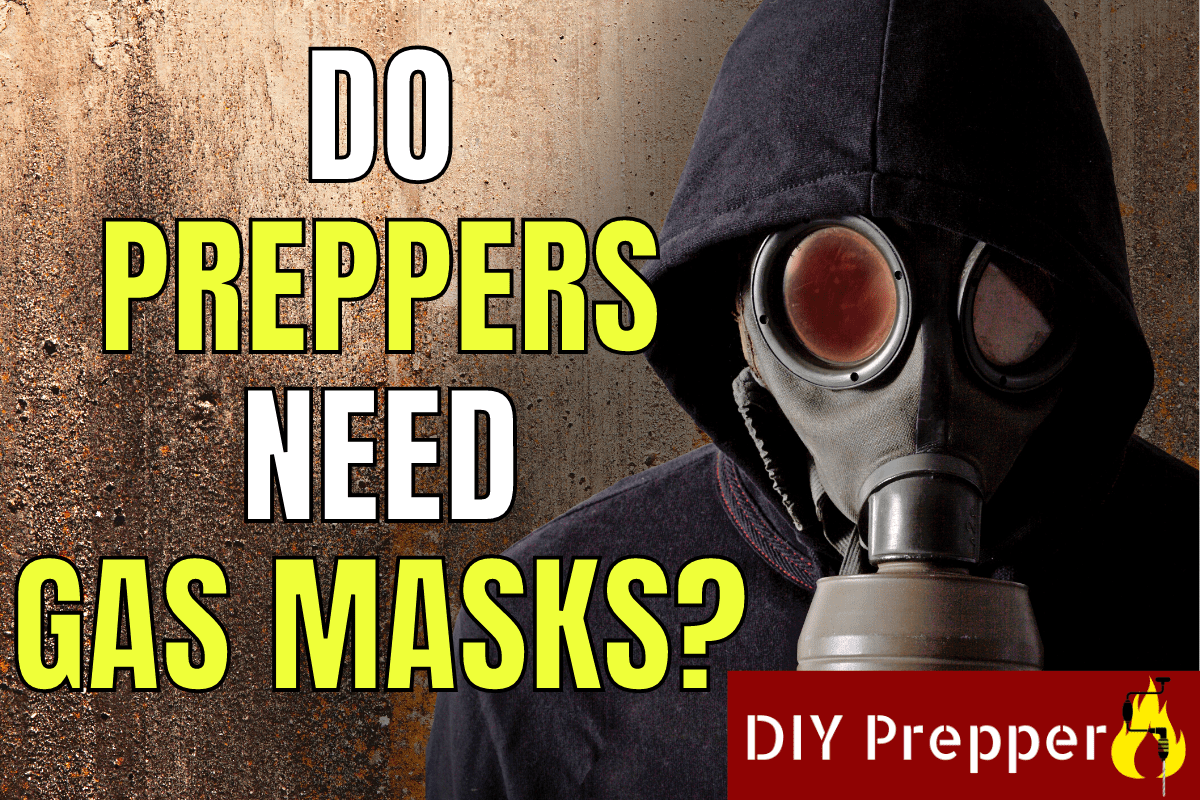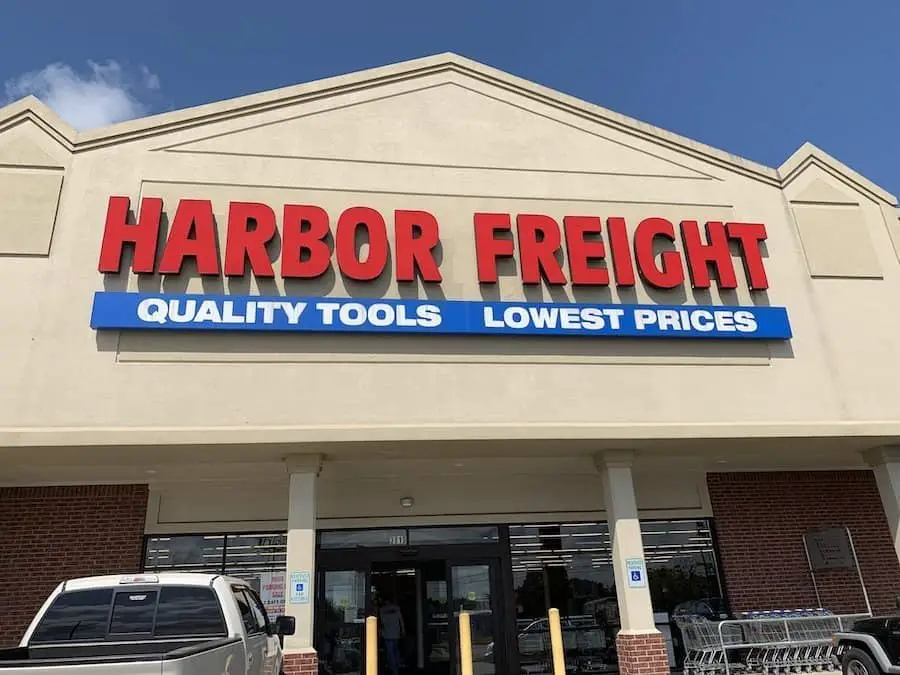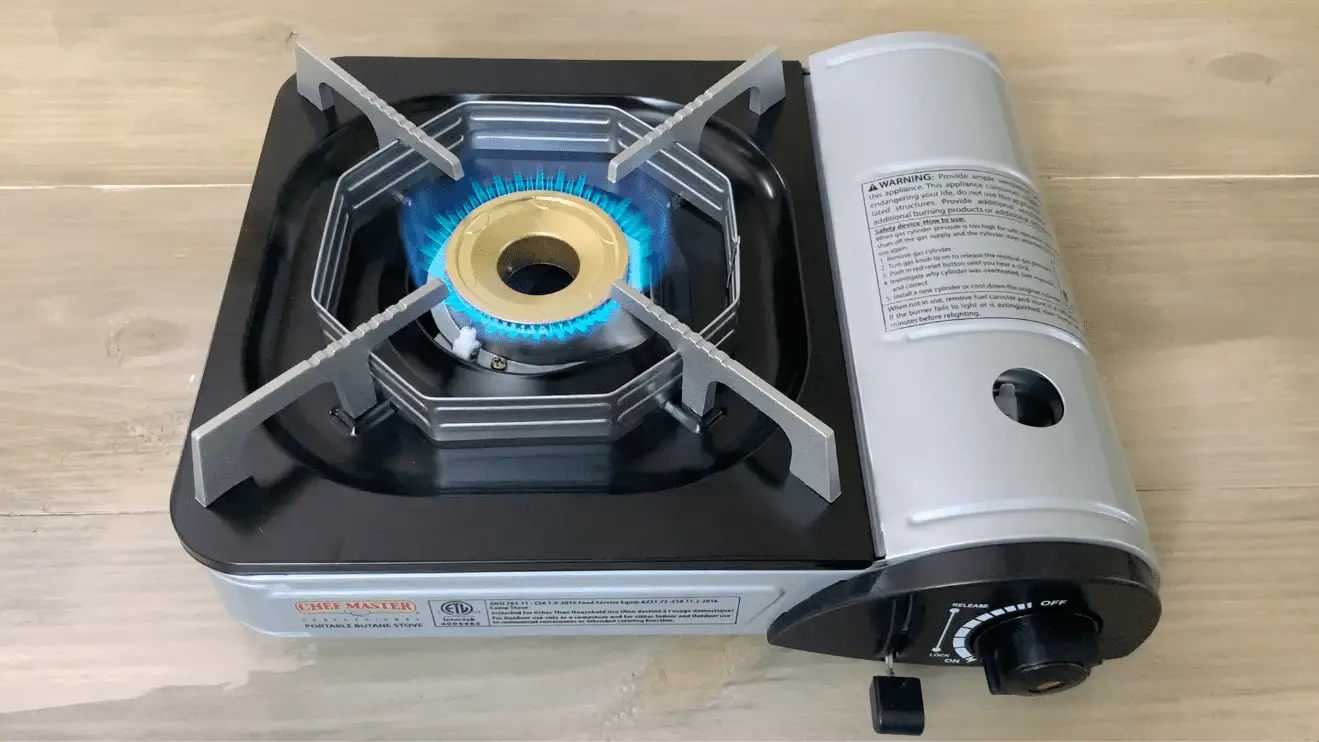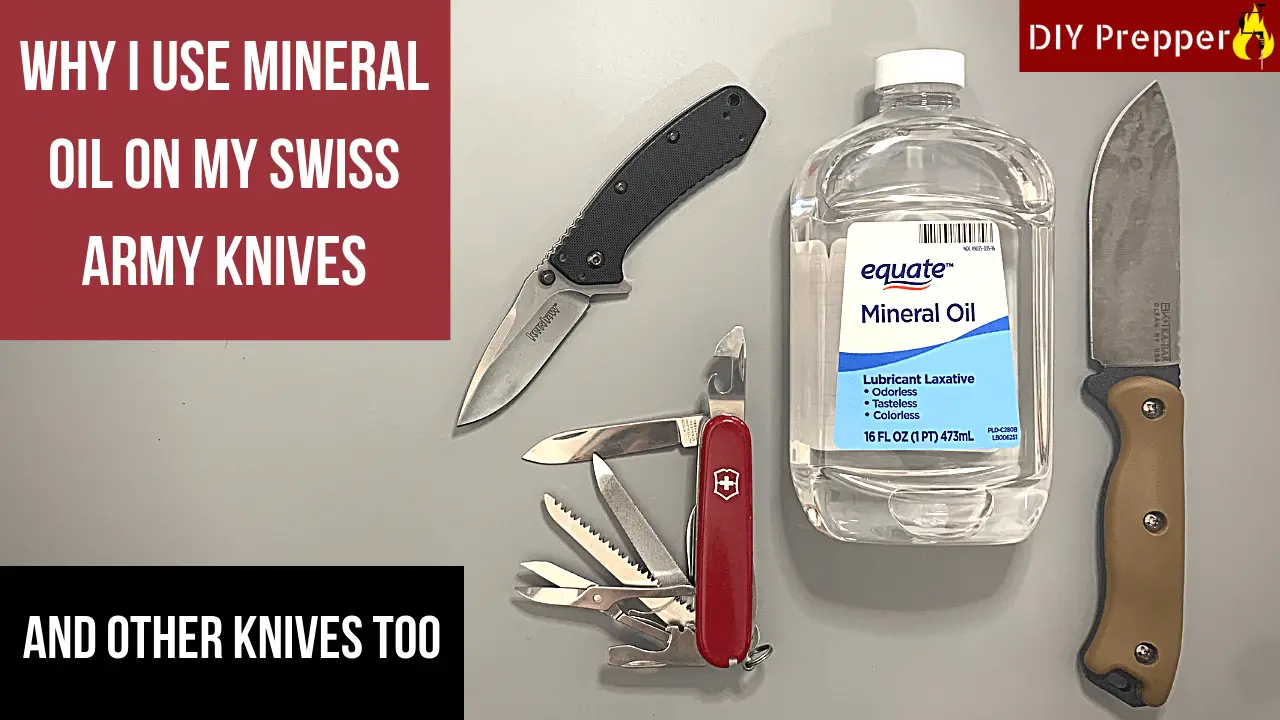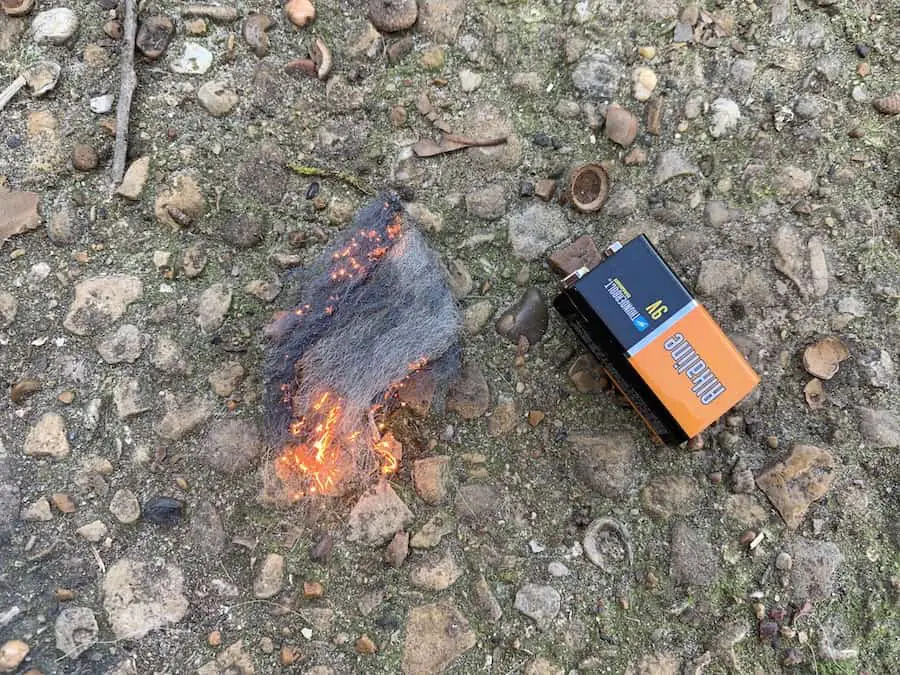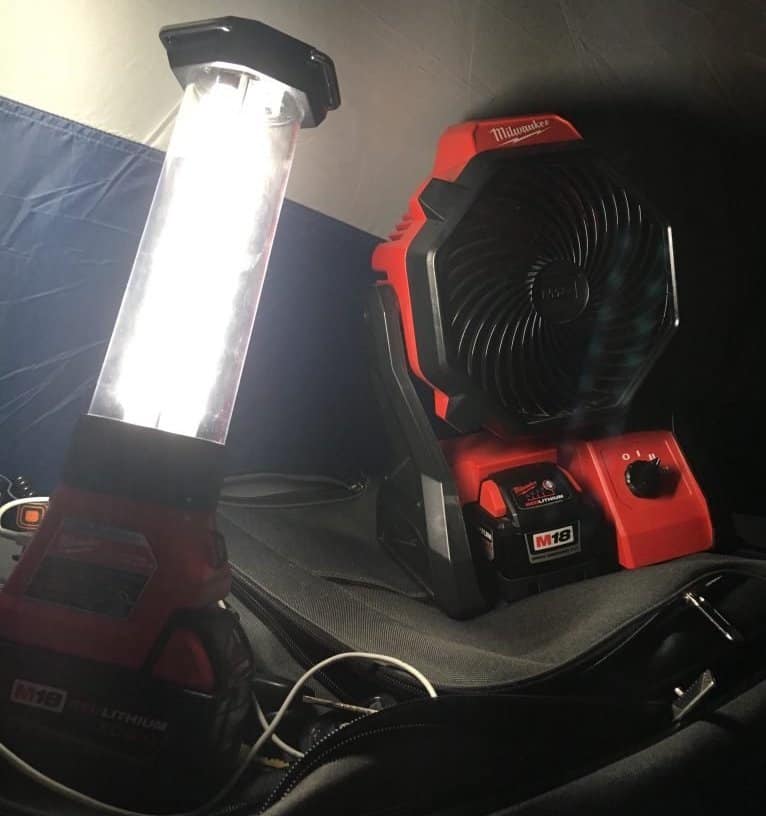8 Kinds of Technology You Need After a Collapse
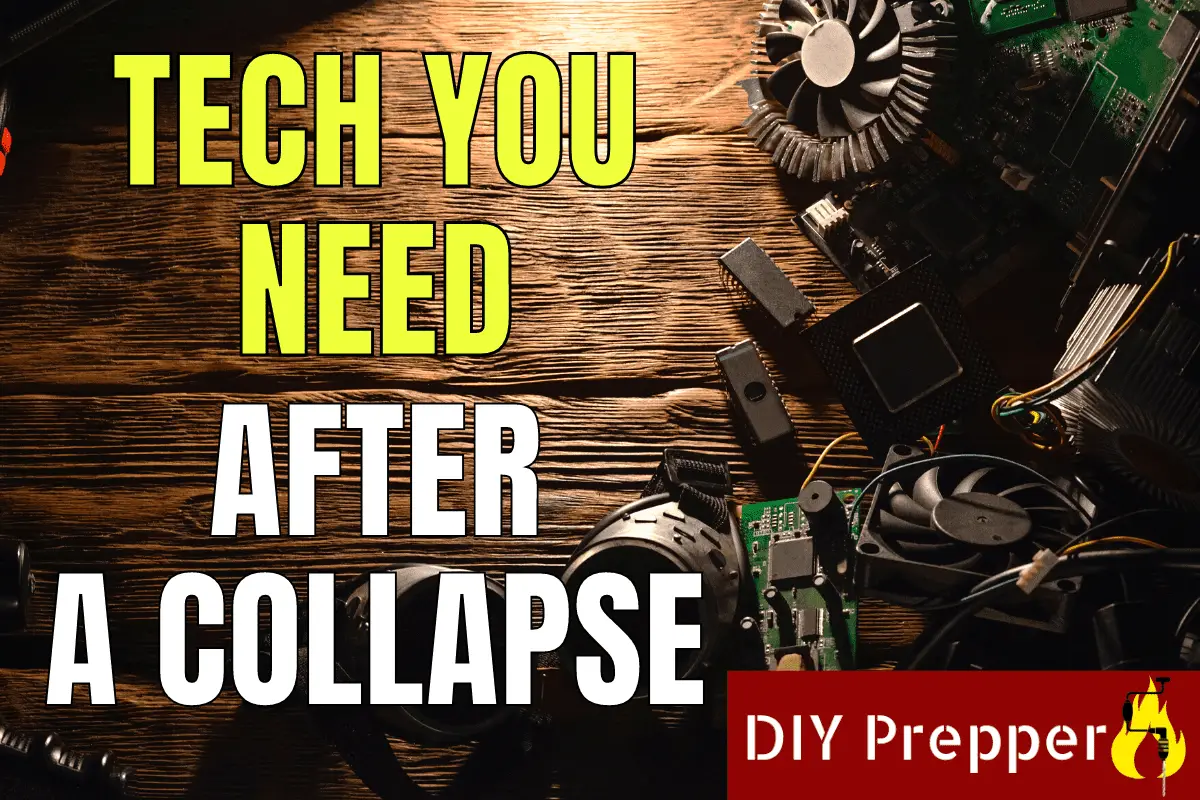
Technology is ever-present in our everyday lives. However, if there were some type of collapse, much of that would go away. However, there are still some kinds of technology that you would need to have, even if the power grid or society-at-large goes down.
The kinds of technology that you need to have after a collapse are:
- Power generation or collection
- Rechargeable batteries
- Lighting
- Communication
- Security
- Smartphones/computers
- Tools
- Refrigeration
- Medical Equipment
Having these kinds of technology will not only make your life easier but in some cases could be a lifesaver. In this article, I’ll go over each of those categories and explain why you need them, even in a collapse scenario.
What Is a Collapse?
For the purposes of this discussion, a collapse could mean a couple of things. The first would be a complete societal collapse. A collapse of this nature would involve a failure of the electrical grid along with pretty much everything else. Because of its severity, it would likely last for a very long time.
A power grid collapse, on the other hand, could be indefinite or may only last for a few weeks or months. While large-scale events such as societal collapses or EMPs could knock out power indefinitely, regional events such as hurricanes could result in the grid collapsing for a period of time and then being restored.
Power Generation or Collection

The first kind of technology that you would need after a collapse is a way to generate or collect power. This can come in the form of a traditional gas or diesel generator or a solar generator.
Many people prefer gas generators. You can include diesel or propane generators in this category as well since they rely on a finite fuel source. They do an excellent job powering multiple large devices at once and can run almost nonstop as long as you have fuel. In a more long-term situation, they can be used only when needed, such as if you need to weld or perform some other energy-intensive task.
It’s important to understand that you’ll eventually run out of fuel if a collapse lasts long enough. Because of this, gas generators are more well-suited for short-term emergencies, such as when a storm knocks out power for a few days.
A solar generator would be your bread and butter during a long-term collapse. Since they are essentially battery banks that collect energy via solar panels, they will continue to operate long after you have run out of fuel. I have a few produced by Ecoflow that I really like. You can find them by clicking here.
Solar generators in conjunction with rechargeable batteries can keep small devices running almost indefinitely. Larger ones, like the Ecoflow Delta Max, are even capable of running devices such as box freezers and most power tools.
Related: The Prepper’s Complete Guide to Buying a Generator
Lighting
The next kind of technology that you’ll need after a collapse is lighting. Having it will allow you to move around your home safely, perform searches, and could give you an edge if you need to defend yourself.
The first kind of lighting that you should have is area lighting. A good example of this would be an LED Lantern. Lanterns like this one can produce 1,000 lumens or more and can light an entire room. You can also use them to help you do work or other tasks outside.
The next kind of lighting you’ll need is personal lighting. Flashlights and headlamps fit in this category. These will allow you to have a light source with you anywhere you go. I like to carry a flashlight in my pocket and keep a headlamp in my backpack. Weapon lights are a specialized form of personal lighting that you attach to a firearm.
While I do have lights that use proprietary batteries, I also have lights that use traditional AA and AAA batteries. While they may not be as bright or have as many extra features, they will be much easier to find replacement batteries for.
Related: Emergency Lighting Solutions for Preppers
Communication
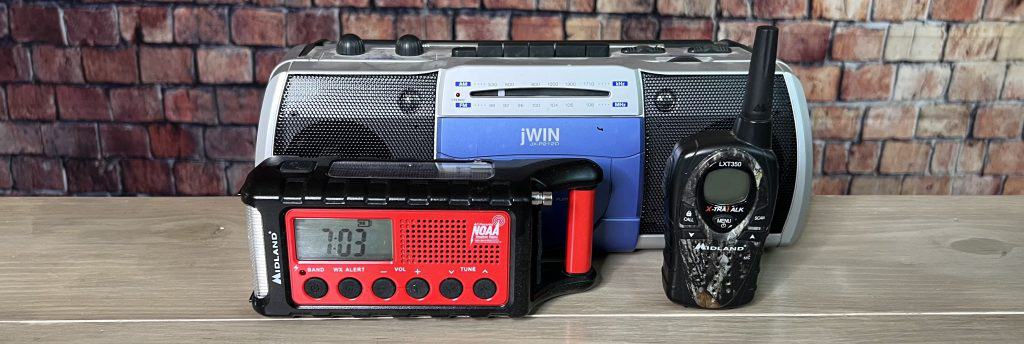
The next kind of technology you’ll need after a collapse is communication. Knowing what’s going on around you and being able to keep up with loved ones or team members would be essential.
The most basic form of communication is a battery-operated radio. I have an emergency radio made by Midland that can pick up AM, FM, and NOAA frequencies. It can be powered in a variety of ways and will help you stay informed.
However, during a collapse, those frequencies won’t be used as much as they are now. Because of this, you’ll need a way to pick up ham radio frequencies. The good thing about ham radios is that in addition to being able to receive information, you’ll also be able to transmit if you have the proper equipment and training.
It’s important to note that you must have a license to transmit on ham frequencies. Doing so without one will result in hefty fines. However, if you go ahead and get a license and the proper equipment, it’s a good way to practice and prepare for emergencies later on. You can also use them for other things like overland camping trips in places without a good cell signal.
Walkie-talkies are a good choice for short-range communication between you and a small number of people. My church security team uses radios like these. While they won’t work over large distances, they’ll do a great job if you’re trying to communicate from one end of your property to the other.
Related: Devices to Charge Before a Storm
Security
The next kind of technology you’ll need after a collapse is security devices. They will need to work on battery power without being connected to a network. The most common example of this would be motion-activated lighting.
Solar-powered versions are probably the best way to go, however, be sure to have extra batteries for them. Many use relatively uncommon batteries, so you’ll probably have to order them online. Motion-activated lighting will help you know if someone enters an area of your property and hopefully help you see who it is.
Motion sensors, such as these wireless driveway alarms by Guardline, are also a good way to keep your home and property secure. Even though they were designed to alert you if a car enters your driveway, they can also be used on other parts of your property as well.
I use my motion sensors to cover entrances to my yard and home. The sensors use AA batteries, while the receiver station uses AAA batteries. This allows me to use my rechargeable Eneloop batteries in them, which should keep them going for many years. The signal that they use is similar to radio waves, so they don’t require the use of any other piece of equipment to operate.
Another security-related device that you want to keep running is optics. I, for example, have an Aimpoint Pro on one of my rifles. Storing a few extra batteries for this kind of device is always a good idea.
Related: Prepper Home Security
Smartphones and Computers
Another kind of technology that preppers may want to have after a collapse is their smartphones and computers. They have a variety of uses, even if the internet and cellular networks are no longer operating.
Both types of devices, as well as tablets and E-readers, can be used to store large quantities of reference materials. While physical books are the best way to collect information, it’s still wise to take advantage of the vast resources available now in the form of PDFs and other documents.
There are many prepper and survival-related apps that would be useful as well. For example, I have an app that uses 3D animations to demonstrate tying different types of knots. It does a far better job showing you how to do it than any book or even most videos on the subject will.
Related: Best Apps for Preppers and Survival
Smartphones and computers can also be used to store pictures of loved ones. If you were in a situation where you needed to find someone, a picture on a cell phone is far more useful than trying to give an accurate description to someone.
The camera on your smartphone could also be used to take pictures of things like parts that you need for trading purposes or even gather intelligence. Smartphones in particular would be particularly valuable because they require very little power to charge and they can be carried anywhere.
Related: How to Charge Your Cell Phone During a Power Outage
Tools
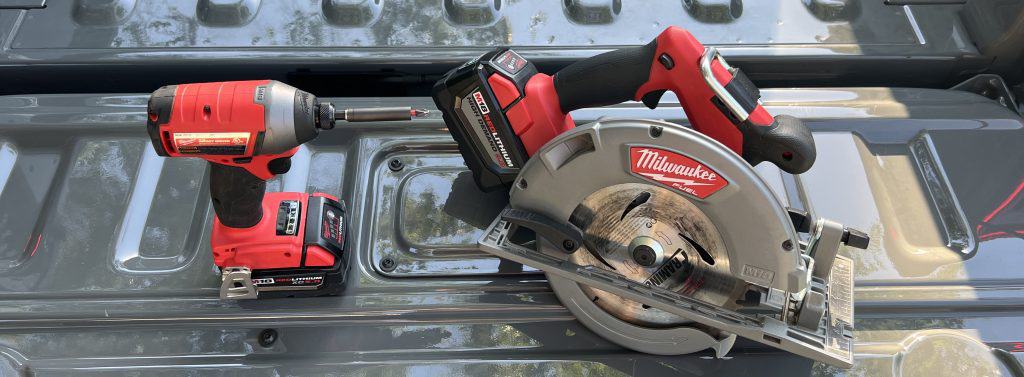
The next type of technology that you need to have after a collapse is power tools. These can be used to quickly fortify your home or property and make repairs if needed. Having power tools and knowing how to use them also gives you a skill that you can trade for other things that you and your loved ones need.
Advances in modern battery technology have greatly closed the gap between cordless and corded power tools. It isn’t uncommon to find cordless saws that are every bit as powerful as their corded counterparts. For this reason, I think that investing in good-quality cordless power tools is a wise choice for preppers.
Related: Power Tools Preppers Need
One big advantage that cordless power tools have over corded ones is that their batteries can be charged by almost any solar power station. Corded power tools can require several hundred to a few thousand watts to operate, which greatly limits the kinds of solar generators you can use.
Having a cordless drill, impact driver, reciprocating saw, and circular saw will allow you to do most of the jobs that you may need to do. Larger cordless systems, such as Milwaukee’s M18 lineup also include other useful tools like lights and fans.
Refrigeration
The next type of technology that you’ll need after a collapse is refrigeration. This will help you in a collapse in several ways, the first being that it will prevent food spoilage.
If you have a box freezer, you probably have a lot of food in it. Fortunately, small box freezers use far less electricity than refrigerators. This means that larger solar power stations such as the Jackery 1000 and Ecoflow Delta should be able to power them for a while.
Small 12-volt refrigerators like this one by Setpower will allow you to take at least some of your frozen food with you if you need to bug out. They use very little electricity and can be powered for a long time using one of the solar generators mentioned above. Being able to preserve frozen food will allow you to extend how long your food storage will last.
Having refrigeration will also allow you to keep medications cool, which is a big consideration if you use insulin or anything else that needs to be refrigerated. In addition, being able to freeze ice packs can help with swelling, fever, and in some cases, hyperthermia. (Note: Knowledge of first aid is essential when trying to cool down someone suffering from hyperthermia.)
Medical Equipment
The next type of technology you’ll need after a collapse is medical equipment. One example of this is a CPAP machine. Powering one of these is one of the most common concerns when there is a large-scale weather event. You almost always see lines of people trying to buy generators for them.
Fortunately, this is another area where a decent-size solar power station can help. A fully-charged Ecoflow Delta Max can power a 40-watt CPAP machine for up to 35 hours. However, that isn’t the only medical device that could be useful in a collapse.
Smaller devices such as humidifiers would be extremely useful if you or a loved one are suffering from a cough. They use very little power and can be used with almost any solar power station.

